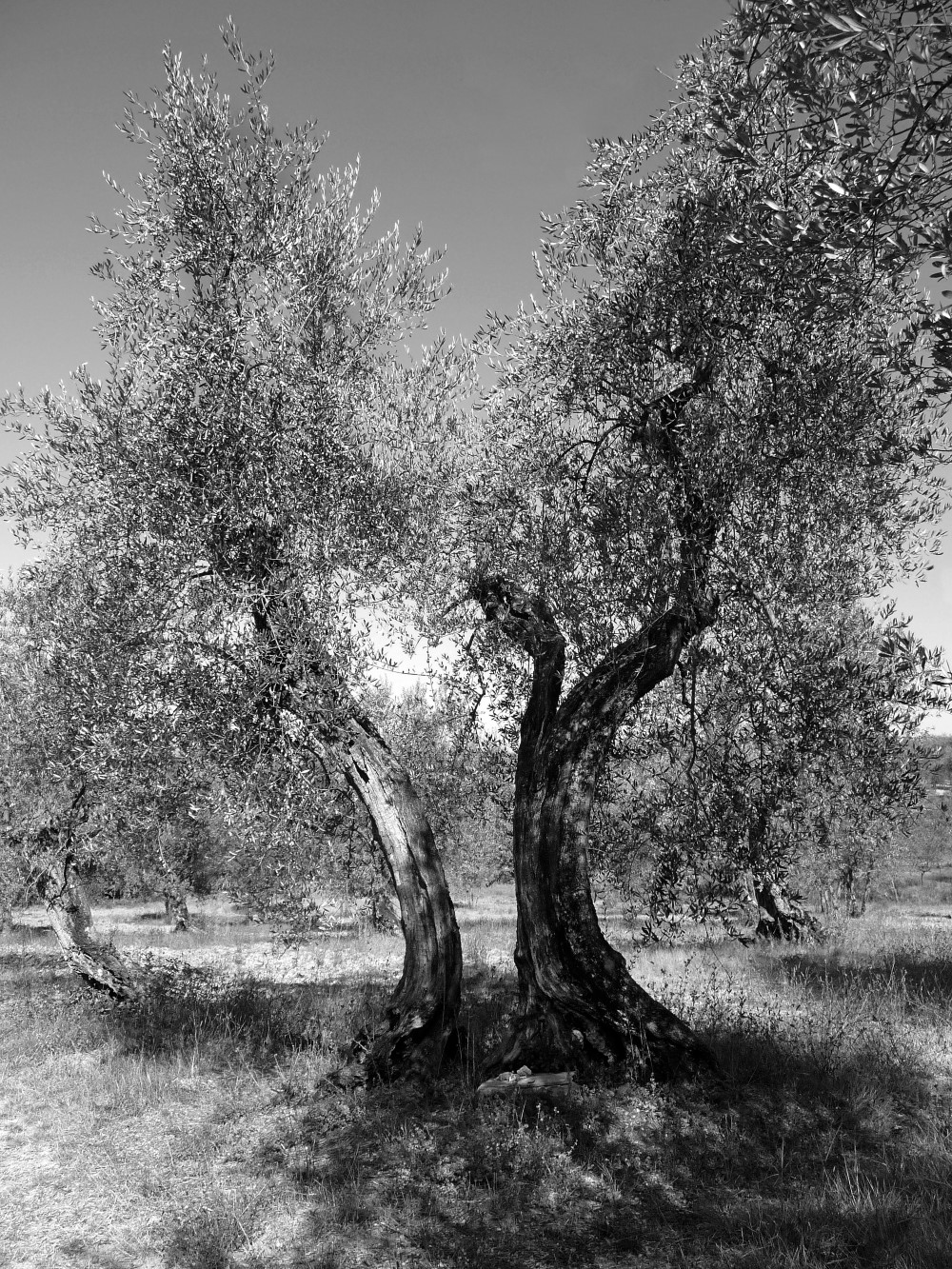On the right we find the vast complex comprising the ancient Peruzzi villa which some old inhabitants still call “The Figna”, the surname of the family that owned it from 1917. The building seems to have been built around the thirteenth century. The first owners were the Passerini, a Ghibelline family who, after the victory of the Guelphs, had to leave Florence and all of its assets. In 1299 the villa, already called La Torre (The Tower,) was sold to Filippo di Amideo Peruzzi and from that year until 1901 remained property of the Peruzzi family.
In the cartography from 1583 (Charter of the Captains) it has the name of the then owner John Peruzzi. In papers from 1774 it is referred to as: “Villa of Mr. Cav. Bindo Peruzzi, location of the tower.” In the second half of the last century it was the favorite residence of Ubaldini Peruzzi, who lived there from 1881 to 1891, the year of his death. In that century, the property, with the chapel and annexes, also included nine farms.
In 1901 the historic building was purchased by Robert Browning (1848-1912), son of the poet and writer Robert and the writer Elisabeth Barrett, a wealthy English family living in Florence. The Brownings, known as ‘Bronne’ by their farmers, began radical restorations that took the original appearance away from the villa. A new courtyard was built and the tower, originally plastered and covered with a gabled roof, was rebuilt with stone walls, raised and crowned by battlements that still characterize it.
After the death of the Brownings, the villa and the farm were purchased by the Commendatore Pio Figna, who completed the restoration work left unfinished by the previous owner.
In 1994 the City Council approved the restoration plan designed by the architect Stoppini, on behalf of the companies owning the property, which included the complete renovation and transformation of the entire complex into private apartments.
Attached to the villa is still the Oratory of which there are records from 1602. The church, originally dedicated to St. John the Baptist, has been dedicated to St. Filippo Neri since 1822.







